SRAM vs Shimano road groups : our guide to help you choose
In this Article
Published on January 19, 2023
Shimano and Campagnolo have long ruled the entire road bike component market. Today, SRAM has replaced Campagnolo: the vast majority of modern bikes are equipped with a Japanese or American transmission. Some cyclists are loyal to one brand rather than another, but most (including us) are quite lost when it comes to choosing one manufacturer or the other.
The question may be thorny, but it inevitably arises when buying a bike. Ranges and groupset hierarchy, mechanical or electric transmission, choice of materials, ergonomics, aesthetics, availability... This article aims less to favor one brand over another than to highlight the similarities and differences between them and their products.
Let's start at the beginning: what exactly is a groupset?
A "groupset" is a set of mechanical parts that allow the bike to move. The groupset includes the gear shifters (electronic manual transmission - see our article to compare the 2 systems), the brakes (calipers and levers - compatible with pads or discs depending on the model, if you don't know which system to choose we also have an article for you), the crankset, the cassette), the crankset, the chain and the front/rear derailleurs. When we talk about "drivetrain", it is the same list of components but without the brakes.

A picture is sometimes worth a thousand words: the components of a SRAM Force groupset
What is the most popular brand?
Today, Shimano continues to dominate the road groupset market, equipping more than 3 out of 4 bikes. Does this mean it is better than its competitor? Not necessarily... The reasons for this supremacy are also historical: Shimano has been manufacturing bicycle components for over a century (1921!), while SRAM only opened its first store in 1987.
NB: In the Gravel category, the numbers are balanced, and completely reversed in MTB: it must be said that SRAM is the creator of the XX1 Eagle groupset (1x12), which has become a reference in its field.
|
Shimano |
SRAM |
|
|
Road |
76% |
18.5% |
|
Gravel/cyclocross |
51.1% |
46.9% |
|
MOUNTAIN BIKE |
27.7% |
71.5% |
Source : The Pro's Closet
What are the levels by brand?
At this point, things are still pretty straightforward. Putting aside the entry-level models, Shimano and SRAM groupsets each come in three main ranges that are comparable two by two.
|
|
Shimano |
SRAM |
|
Entry level |
Tiagra |
Apex |
|
Mid-range |
105 |
Rival |
|
High end |
Ultegra |
Force |
|
Ultra high end |
Dura-Ace |
Red |
Which range to choose according to your practice?
Entry level for beginners. If you are a beginner and have the means to do so, we advise you to take a look at the mid-range.
Mid-range for experienced cyclists. Reliable, solid and precise, the best quality/price ratio for regular use.
Top of the range to touch the equipment of the pros. Speed, ergonomics, design.
Ultra high end for the competitors (and amateurs of beautiful mechanics😊). The smoothest and lightest equipment, simply. Irreproachable.
What are the differences between the brands?
It's better to have a short overview than a long table. Whether it is Shimano or SRAM, the three ranges are available, either in 11 speed mechanical groupset or in electronic group with 12 speeds - eTap AXS at SRAM, Di2 at Shimano. The groupsets are available in skates and discs versions, except for the brand new Shimano 105 Di2 (and it made the world go round enough ink). Finally, all SRAM groupsets are available in single chainring version (this is not the case with Shimano, which is faithful to the double chainring). Regarding the 13 speed groupsets they are still in the minority; if you still feel like it, you should turn to the competition (Rotor Uno, Campagnolo Ekar).
Small reminder: if you are hesitating about the braking system or the transmission type of your future bike, you can refer to our articles on the subject.
1. Materials and technology
Competing for over 30 years, Shimano and SRAM are the undisputed market leaders. Key technical and design differences include:
- the design of the gearshifts (STI vs DoubleTap), the bottom bracket (Hollowtech II vs Hub) or the freewheel body (Micro Spline vs XD);
- the system of transmission system (wired Di2 vs. wireless AXS); the material of the cranks (aluminum alloy vs. carbon fiber);
- the range of developments (traditional vs. X-Range);
- or the disc brake fluid (mineral oil vs. DOT).
2. Price and weight
We'll talk about it a little bit further down.
3. Aesthetics
Tastes and colors are not debatable.
4. Ergonomics
Discussing ergonomics is like discussing taste and color. There is no "best" group, the brands have made different choices, whether in terms of grip, selection of materials, adjustment capabilities... Their solutions stand out technologically, but also on design issues. Everyone is entitled to find the transmission group that suits them.
5. Durability
We could start a very risky comparison here... For us, the notion of sustainability calls for, above all, the notion of maintenance No matter what type of transmission it is, it must be adjusted and maintained. To learn more, please refer to our road bike maintenance guide.
6. Compatibility
If it is possible to find solutions of mixing for the mechanical groupsets, for the electronic groupsets there is no or little compatibility between brands, ranges of the same brand, and even sometimes between versions of the same range. A complete branded unit is the only one to guarantee optimal operation.
7. Availability
SRAM or Shimano, the bicycle industry continues to be hit by a shortage of parts... It's hard to say what the future holds in such an uncertain context. Keep your eyes open!
What are the differences between the levels?
For the scoop, you'll have to go back to the drawing board: as you move upmarket, you gain in quality, lightness, precision, durability and aesthetics. The materials are more noble (titanium screws, carbon parts, ceramic ball bearings), the gear changes are faster, the braking is more efficient... and the prices, naturally, are higher.😓.
If we focus on price and weight, two variables that are quite important, we can see that one goes up as the other goes down, and that there is a big difference between the ranges: depending on whether it weighs 2,000 or 3,500 g, the cost of a complete groupset ranges from 1,000 to 4,000 €. On the other hand, the differences from one brand to another within the same range are not really significant.
Need help with bike prices? Go to here.
|
|
Prices |
Weight |
|
Shimano 105 Disc 11 |
1000 à 1100 € |
2932 to 3159 g |
|
Shimano Ultegra Disc 11 |
1300 à 1600 € |
2669 to 2779 g |
|
Shimano Ultegra Di2 Disc 11 |
2200 à 2600 € |
2718 to 2793 g |
|
Shimano Ultegra Di2 Disc 12 |
2500 € |
2716 to 2788 g |
|
Shimano Dura-Ace Di2 Disc 11 |
3500 à 3700 € |
2498 to 2503 g |
|
Shimano Dura-Ace Di2 Disc 12 |
3600 à 4000 € |
2442 to 2516 g |
NB : HRD (Hydraulic Road Disc) is the hydraulic braking system of SRAM.
Sources:https://www.velobeziers.com/magazine-de-velo/poids-et-prix-des-groupes-velo-de-route/, https://www.3bikes.fr/2021/09/24/prix-et-poids-2021-2022-des-groupes-route-et-gravel/
SRAM eTap AXS vs Shimano Di2: which electronic group to choose?
For a detailed comparison between the two technologies and to make the best choice, see our dedicated articles on the subject: Ultegra Di2 vs. Force eTap AXS andDura-Ace Di2 vs. Red eTap AXS.
Conclusion
You now have all the keys to understand the differences between the groupsets of the two market leaders. Before making a choice, the ideal is to be able to test different models of each brand and see which one you are most comfortable with while staying within your budget.










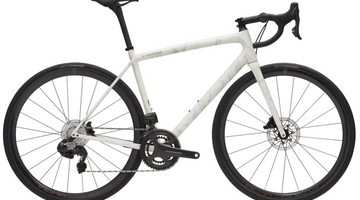


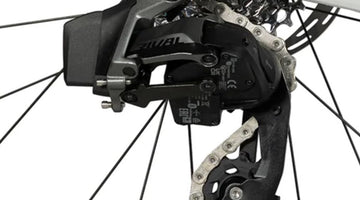
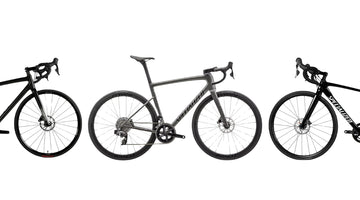


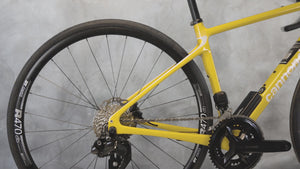







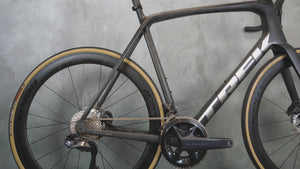
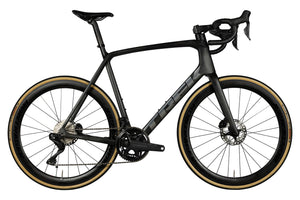
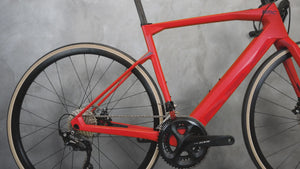
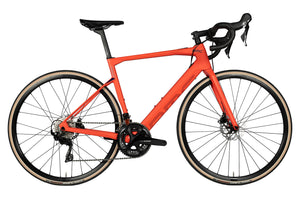
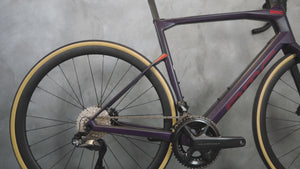
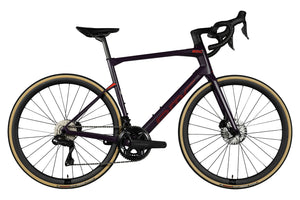






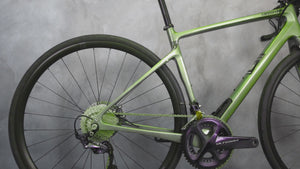



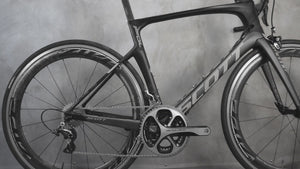
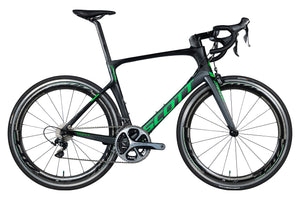
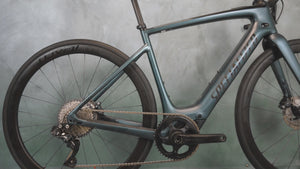
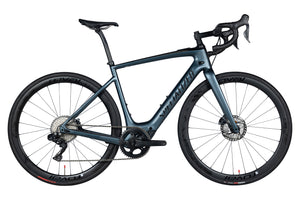


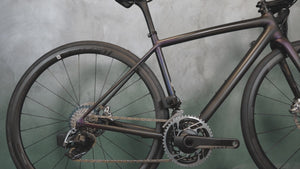
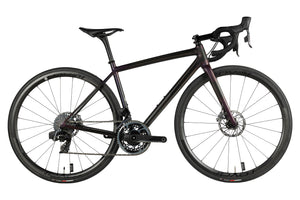
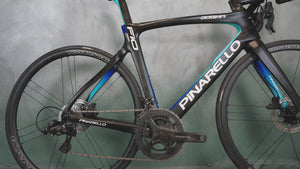
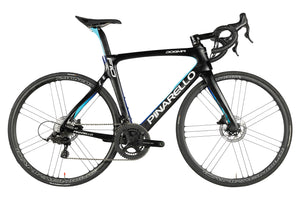
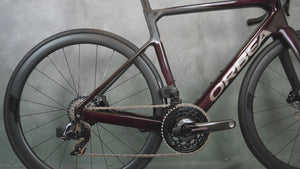
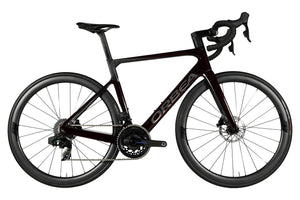
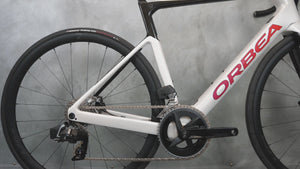
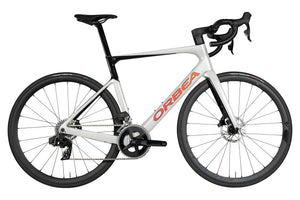


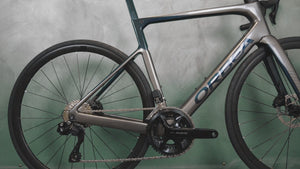
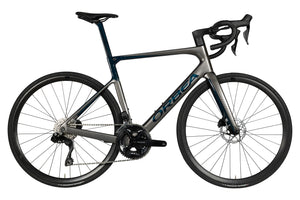
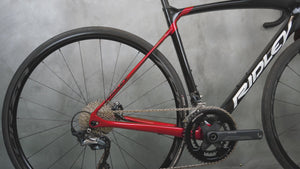
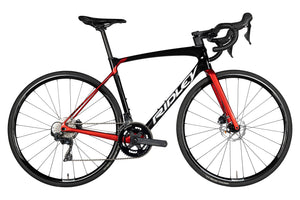










2 comments
Bonjour Benjamin,
Les groupes GRX de Shimano ont été conçus spécialement pour la pratique du gravel. La gamme est composée de 3 séries :
- Entrée de gamme : GRX RX400
Transmission double plateau 10 vitesses avec dérailleur mécanique
- Milieu de gamme : GRX RX600
Disponible en double plateau 2×11 vitesses ou mono plateau 11 vitesses avec dérailleur mécanique, pouvant accepter une cassette jusqu’à 40 dents
- Haut de gamme : GRX RX800
Mono plateau 11 vitesses ou double plateau 2×11v pouvant être couplé avec une cassette de 42 dents. Les commandes intègrent une fonction pour tige de selle télescopique. Option de manette de freinage hydraulique supplémentaire en haut du cintre.
- Haut de gamme électrique : GRX Di2
Equivalent au RX800 avec une transmission électronique
Bonjour,
Et en ce qui concerne les groupes GRX de Shimano, ils se situent sur quelle gamme ?